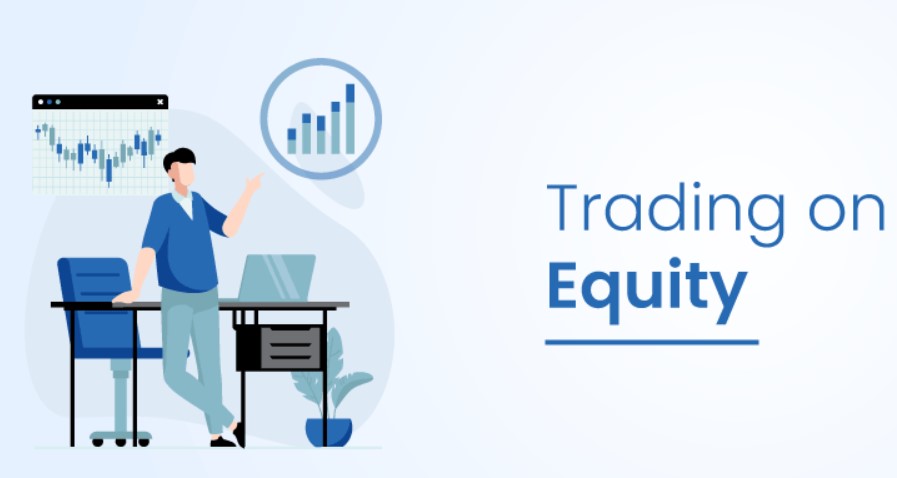Understanding the financial markets requires a clear understanding of various trading products. Among these, equity stands out as a prominent form. However, trading also includes various other forms, such as commodities, forex, derivatives, and more. Each type requires distinct strategies, knowledge, and risk management techniques. Understanding the differences and similarities between equity and other forms is essential for any investor or trader who wants to learn about the complexities of the financial markets successfully.
Equity
Equity trading includes either buying or selling shares of publicly traded companies. This form provides investors with the opportunity to own a portion of a company. They can potentially benefit from its growth and profits. The primary goal is to buy stocks at a lower price. You can later sell those at a much higher price, thus earning a profit.
Equity can be divided into two main strategies: short-term and long-term. Short-term includes day trading and swing trading, where the focus is on quick gains within a short period. Long-term, on the other hand, involves holding stocks for an extended period, often years. This is done to benefit from the company’s long-term growth. Trading in equity offers the advantage of participating in a company’s success and receiving dividends, which can be an additional income stream.

Commodity
Commodity trading includes the buying and selling of physical goods such as gold, agricultural products, and more. This allows investors to look into the price movements of these tangible assets. It can be done through futures contracts, which are agreements to either buy or sell a commodity in the future.
The volatility in commodity prices can offer substantial profits. However, it also carries a higher risk. Factors such as geopolitical events, weather conditions, and other changes can significantly impact commodity prices. Unlike equity, which involves ownership in a company, commodities are more about speculating on price movements without owning the physical asset.
Forex
Also known as foreign exchange trading, it includes the exchange of currencies. It is the most liquid market globally, with daily volumes exceeding $6 trillion. Forex is conducted over-the-counter (OTC), meaning trades are made directly between parties, usually through brokers.
Forex allows investors to profit from fluctuations in currency exchange rates. This market operates 24 hours a day, five days a week. The leverage available can amplify profits but also increase the risk of losses. Unlike equity, which focuses on company shares, forex trading revolves around the macroeconomic factors affecting currency values.
Options
Options trading includes contracts that give the buyer the right to either buy or sell an asset at a particular price before a certain date. It can be used for hedging or speculative purposes. There are two main kinds: calls (known as the right to buy) and puts (known as the right to sell).
It allows investors to leverage their positions, meaning they can control a large amount of an asset with a relatively small investment. This leverage can lead to significant profits, but it also increases the potential for losses. Options trading offers a good understanding of the underlying asset and market conditions, making it more complex compared to equity.
Bond
Bond trading includes both the buying and selling of debt securities issued by governments, municipalities, and corporations. They are considered safer investments compared to stocks and commodities. When investors buy a bond, they are generally lending money for periodic interest payments. They also receive a return of the bond’s face value at maturity.
It is often favoured by conservative investors looking for a stable and predictable income stream. The market is influenced by interest rates, economic conditions, and the creditworthiness of the issuer. Unlike equity, bonds focus on debt instruments and provide lower returns with less risk.
Each form of trading—whether equity, commodity, forex, options, bond, or cryptocurrency—has its unique characteristics, benefits, and risks. Understanding these differences is important for investors to make proper decisions that align with their financial goals and risk tolerance. While equity trading offers ownership in companies and the potential for dividends, other forms provide diverse opportunities across various markets. The key to success in trading lies in thorough research, strategic planning, and continuous learning.

